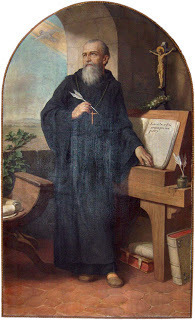The Keys of Great Authorship
 The habit of journalizing becomes a life-long lesson in the art of composition, an informal schooling for authorship. And were the process of preparing their works for publication faithfully detailed by distinguished writers, it would appear how large were their indebtedness to their diary and commonplaces. How carefully should we peruse Shakespeare's notes used in compiling his plays—what was his, what another's—showing how these were fashioned into the shapely whole we read, how Milton composed, Montaigne, Goethe: by what happy strokes of thought, flashes of wit, apt figures, fit quotations snatched from vast fields of learning, their rich pages were wrought forth! This were to give the keys of great authorship!
The habit of journalizing becomes a life-long lesson in the art of composition, an informal schooling for authorship. And were the process of preparing their works for publication faithfully detailed by distinguished writers, it would appear how large were their indebtedness to their diary and commonplaces. How carefully should we peruse Shakespeare's notes used in compiling his plays—what was his, what another's—showing how these were fashioned into the shapely whole we read, how Milton composed, Montaigne, Goethe: by what happy strokes of thought, flashes of wit, apt figures, fit quotations snatched from vast fields of learning, their rich pages were wrought forth! This were to give the keys of great authorship!Amos Bronson Alcott, Table-Talk of A. Bronson Alcott
Painting: Herman Nieg, Benedict of Nursia, 1926
<!hr align=left style="height:1px; width=50%; color:#e0e0a8"/>A word from the editor
A commonplace book, or simply a "commonplace" is a scrapbook containing items of special significance to its creator. They can be poems, scientific facts, aphorisms or literary snippets. Commonplaces are used as an aid for cataloging quotes, recipes, interesting facts or otherwise useful pieces of information. A commonplace book serves needs, goals and interests unique to its creator.
See also: Blork's Literary Snippets
Published on September 12, 2011 05:35
No comments have been added yet.



